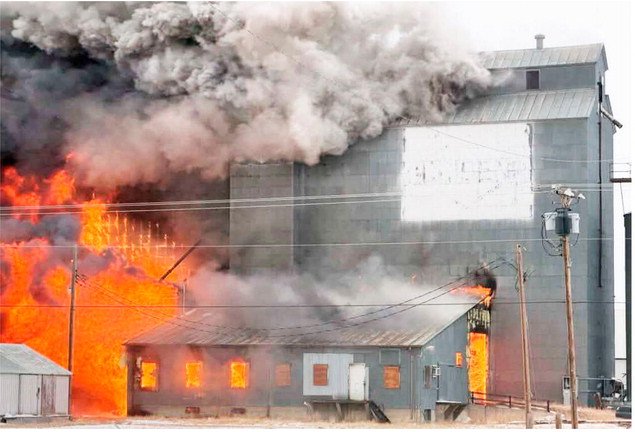Potential Cuts Spark Talks On Essential Air Service
Federal spending cuts could be coming to rural airports across the country, with a national program utilized by seven Montana airports facing a $300 million downturn.
In early May, Russell Vought, director of the United States Office of Management and Budget, sent a letter detailing federal cuts the executive branch wants to make in the fiscal year 2026 budget.
The letter included cutting $308 million from the Essential Air Service, or EAS, a program that directs federal money to air carriers operating in rural environments.
“The EAS program funnels taxpayer dollars to airlines to subsidize half-empty flights from airports that are within easy commuting distance from each other, while also failing to effectively provide assistance to most rural air travelers,” the document reads.
It is unclear what impact any cuts would have on Montana, but the proposal would effectively halve the program’s budget. Montana has seven airports that receive money through EAS — Butte, West Yellowstone, Glasgow, Glendive, Havre, Sidney and Wolf Point.
Five of those — Glasgow, Glendive, Havre, Sidney and Wolf Point — are run through Cape Air and the federal funding subsidizes direct flights to Billings.
Montana has a group dedicated to EAS, helmed by Walt McNutt, the state’s EAS Task Force Chairman. Along with working with elected officials, the task force is also part of the contract process with airlines like Cape Air, which inked a four-year contract with the five airports doing Billings runs in 2023. The four-year deal with those five airports totals about $75 million.
McNutt has seen attempted cuts to the service before, which haven’t always come to fruition.
“I could have had a heart attack probably 10 times in 30 years over it if I let myself,” McNutt said to the Daily Montanan. “There’s going to be a lot of dialogue, a lot of information. You know, unfortunately, you probably had a senator or a representative get on an EAS flight that was half full and go berserk.
“When they do the final analysis of it, really looking at the facts and the boardings in the service, a lot of minds get changed pretty quickly.”
The four members of Montana’s Congressional Delegation did not return a request for comment. All four of Montana’s delegations are Republican.
McNutt, Dawson Airport Manager Craig Hostetler and Sidney Airport Manager Ryan Huotari all pointed to one of the main benefits of the program, connecting people with larger cities that don’t have a lot of options to get there.
It’s a problem public transportation advocates pointed to repeatedly during the 2025 Legislative session.
“We’re kind of an older community, and a lot of med flights,” Hostetler said. “People are using it to get to Billings in order to take care of the medicals and such. A lot of people use it for connecting flights, because Billings is a small hub and we can get on the bigger airlines there. So it gets used by a variety of different people.”
According to the Federal Aviation Administration, Montana had 2.87 million “enplanements,” an aviation term meaning a passenger boarding a plane, in 2023.
About 2.5 million of those boardings came from airports in Bozeman, Missoula, Kalispell and Billings. Bozeman led the way with 1.2 million.
Butte and West Yellowstone received about $2.5 million combined through the EAS program in 2023 for SkyWest to operate flights to Denver and Salt Lake City out of both airports.
West Yellowstone had 8,750 passengers in 2023, an increase of 19.11% more than the previous year. Butte had slightly more than 16,000 passengers in 2023.
Sidney had 8,000 boardings — a 22% increase more than 2022 — with Wolf Point, Havre and Glasgow each having around 3,000 boardings. Glendive had 2,177 boardings in 2023.
“It’s vital,” McNutt said. “We don’t have an interstate, we don’t have a bus, we don’t have a train, we don’t have anything in eastern Montana except the airlines.”

